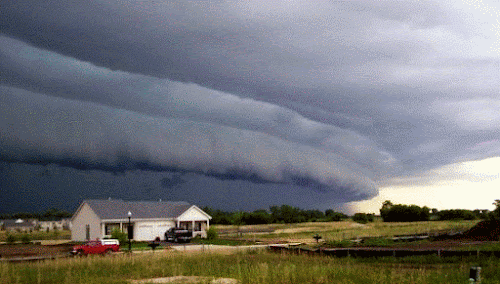According to the National Weather Service, a derecho storm is a widespread, long-lived wind storm that is accompanied by a band of rapidly changing showers or thunderstorms. A derecho is a group of long-lived winds and storms associated with rapidly changing thunderstorms or showers. Derecho is the name for a wide range of widespread and long-lived wind storms, which are linked in bands with rapidly changing showers and thunderstorms.
According to the NWS, a derecho (pronounced deh-REY-cho) is a widespread, long-lived wind storm associated with a band of fast-moving showers or thunderstorms. The official definition is "a wide range of widespread and persistent winds and storms, which are associated with rapidly changing showers and thunderstorms in bands.
For a storm to be classified as a derecho, it must have a wind speed of at least 100 mph and a swath of wind damage that extends for more than 250 miles, including a maximum wind speed of 75 miles per hour or more, and also include well - separated 75 miles per hour - or larger gusts. As mentioned above, a "derecho" wind must meet the criteria of a strong wind gust of 50-60 km / h or more according to the current definition. For a build-up of thunderstorms to be defined as Derechos, the wind and damage track must cover no less than 240 miles and include a total wind speed of 100-150 miles per hour, with a minimum of 25-30 miles per hour.
Because a derecho does not have the eye of a hurricane and its winds are from a line, the damage it causes is more likely to be spread over a large area than the local effects of tornadoes. A single thunderstorm hits a much larger area than a tornado that is more isolated, or a very large weather event that hits a large area.
While Derechos can cause destruction similar to the strength of a tornado, the damage is relatively straight. While derecho can cause destruction of similar magnitude to a tornado, it is often directed as a single thunderstorm or a very large weather event, not as a large tornado.
See the recent Iowa Derecho storm damage in August of 2020.









